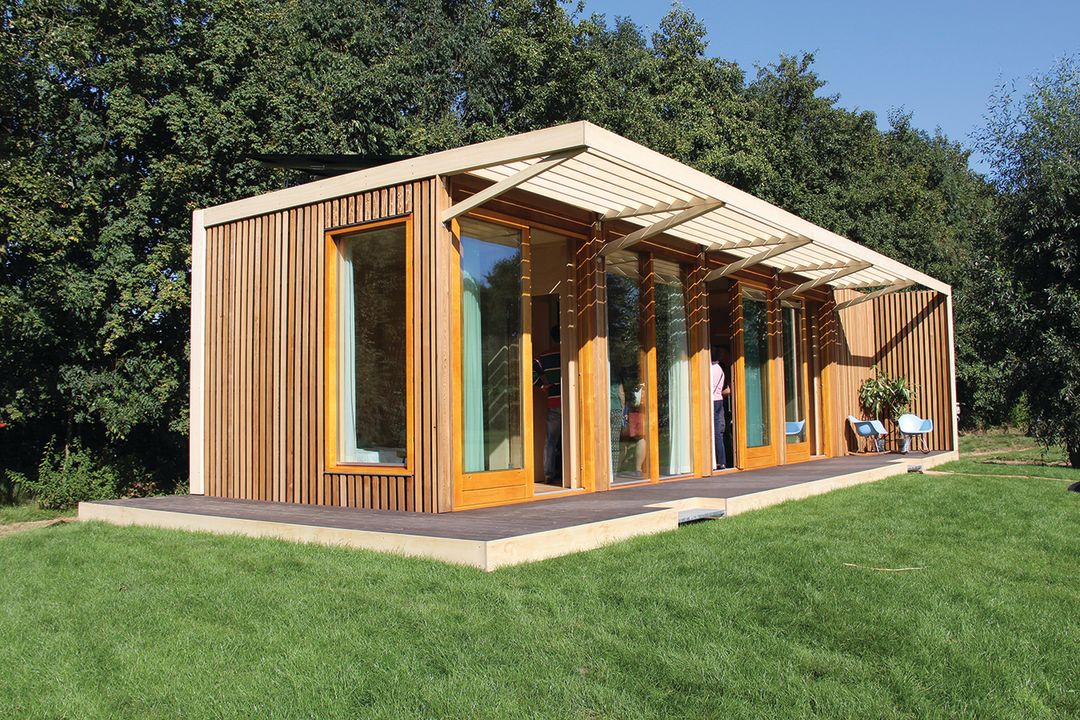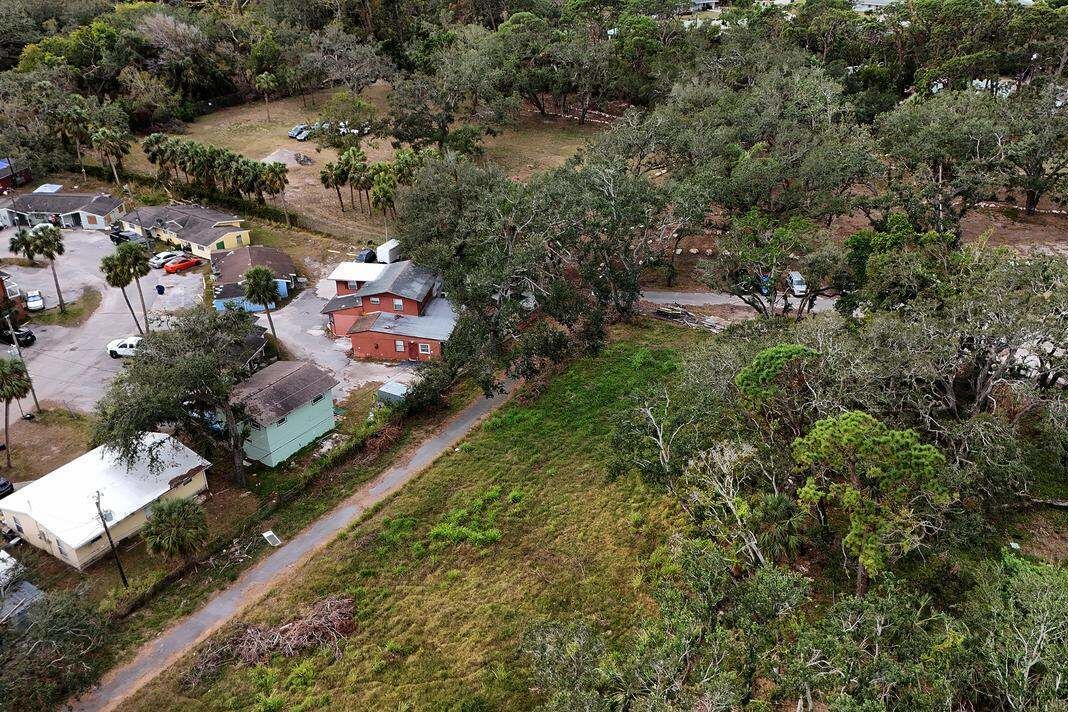Can Accessory Dwelling Units Ease the Area’s Affordable Housing Crisis?

An example of an accessory dwelling unit.
Image: Alamy Stock
Speaking at a Sarasota County Commission meeting in September, Janet Carlson, a social worker and psychotherapist who specializes in gerontology, told commissioners that many elderly people in the area are “desperate.” Squeezed between tight budgets and the rising cost of housing, older residents, according to Carlson, are having a tough time finding a decent place to live.
Local leaders say one possible way to help is by making it easier to build and rent out accessory dwelling units, commonly known as ADUs or “granny flats.” (That last term is frowned upon, because, of course, accessory dwelling units can be rented by people of any age and they aren’t restricted to women.) Such units are small, typically 750 square feet or less, include a bathroom and kitchen, and are either attached to single-family homes or built in back yards.
For years, county regulations made it difficult to construct them by limiting their size to 500 square feet and requiring that they count as one half of a dwelling unit in neighborhood density counts. But last fall, the County Commission approved changes to those rules, allowing for accessory dwelling units to be as big as 750 square feet and waiving the density regulation, among other modifications. Still, property owners can only build one accessory dwelling unit on a parcel, the unit must match the main home in architectural style and materials, and such units remain verboten on barrier islands.
Supporters like Carlson say the changes will help the elderly “age in place.” But not everyone likes the idea. In Manatee County, some neighborhood groups have pushed back against allowing accessory dwelling units out of fear of an increase in noise and traffic or the possibility that they might one day become Airbnbs. An accessory dwelling unit proposal there is currently in limbo.
In Sarasota County, meanwhile, four out of 10 households are defined as being “cost-burdened,” meaning they are spending more than 30 percent of their income on housing. Leaders hope more accessory dwelling units will make a dent in that figure.



